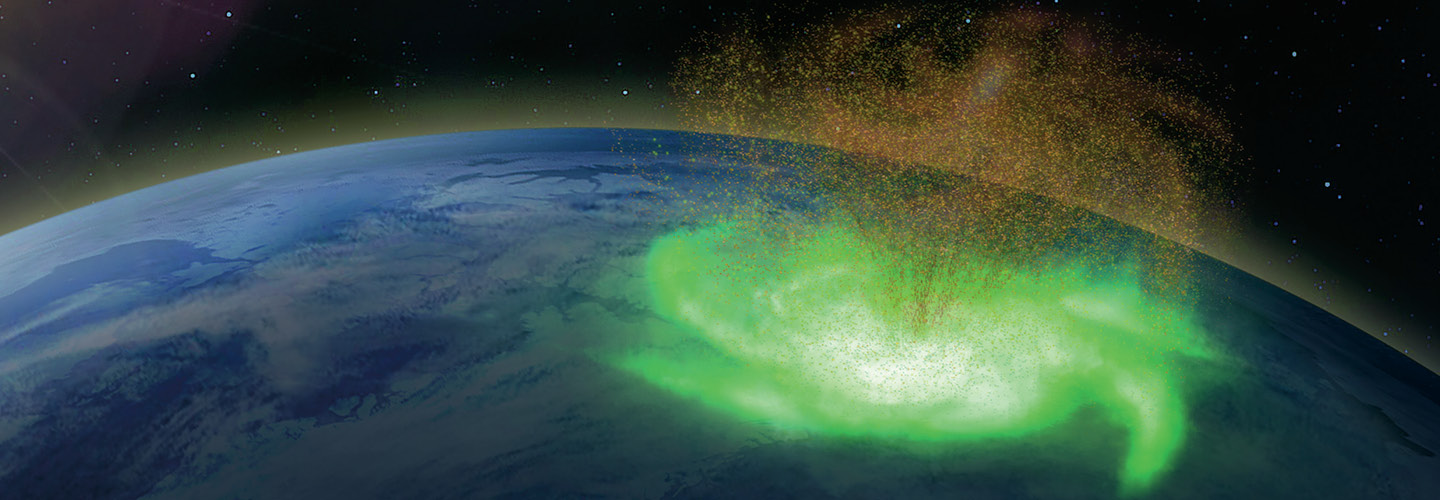Scientists have discovered a mysterious phenomenon: space hurricanes. The name might sound alarming, but they’re actually a type of aurora—a light display that happens when particles from the sun enter Earth’s upper atmosphere. In 2021, researchers announced the discovery of cyclone-like auroras near the North Pole, which they dubbed “space hurricanes” because of their shape. Now a new study has revealed more details. Space hurricanes can exceed 600 miles in diameter and, like regular hurricanes, have a calm center with multiple arms that rotate counterclockwise. They can spin for eight hours, while traditional auroras, such as the northern lights, tend to last for only minutes. People on the ground can likely view space hurricanes from the North Pole. Although they could affect satellite communications, this phenomenon doesn’t pose a significant threat. There’s still a lot to learn, but it’ll be easier to make progress now, experts say. According to the new study’s co-author Qing-He Zhang, “The study of space hurricanes is just beginning.”

A schematic shows what a space hurricane looks like. Courtesy of Dr. Qing-He Zhang
Text-to-Speech
